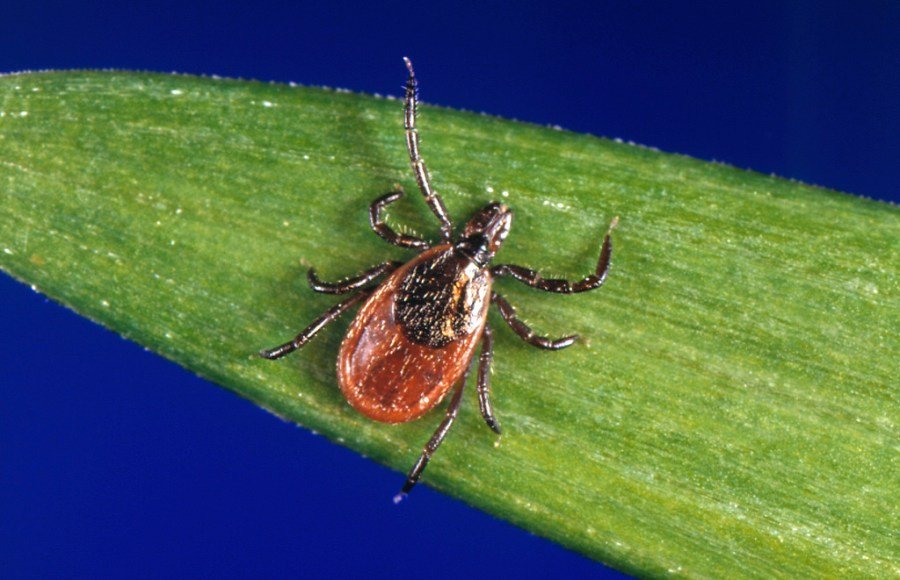
(NEXSTAR) – Visits to the Emergency Room for tick bites this summer are spiking well above those of previous years, Centers for Disease Control and Prevention Data (CDC) shows.
CDC statistics, compiled in collaboration with local and state health departments, show that this summer’s visits are higher than every year except 2017, the earliest year in the CDC tracker.
The majority of cases have been recorded in the Northeast, followed by the Midwest and Southeast, respectively. Data shows that children under 10 and adults over 70 had the highest rates of ER trips for tick bites.
“Humans are outside more in summer so we hear about more tick infections,” said Sam Telford, an infectious diseases expert at Tufts University. But he urges caution year-round because “every season is tick season.”

While tick populations vary a lot regionally, some Northeastern states including Maine, Massachusetts and Rhode Island are seeing “above average” numbers of American dog ticks this year, said Telford.
And New York state is seeing a higher number of reported deer tick bites this year than last year, said Saravanan Thangamani, who studies tick-borne diseases at SUNY Upstate Medical University.
How to prevent a bite
While tick bites are potentially dangerous, it doesn’t mean people need to stop enjoying the outdoors.
“There are a number of things we can do to help prevent potential contraction of Lyme disease and prevent [a] tick bite,” according to Dr. Christopher Bazzoli, an emergency medicine physician at Cleveland Clinic. “We start with clothing, making sure the clothing is tucked in, good fitting socks, pants, long pants, long sleeve shirts, and then repellents are very effective.”
Bazzoli says ticks are attracted to moist, warm areas like under the arms or behind the knees. When checking for ticks, however, every inch should be examined, including one’s head.
Should you find a tick, Bazzoli recommends using tweezers and getting them as close as possible to the skin before pulling the tick straight up. If it doesn’t come out clean, tweezers can be used to take out the rest.
“After we remove a tick, there’s now a break in the skin, and just like any other break in the skin, we need to be careful to prevent a secondary bacterial infection. And so, washing that area with warm and soapy water is really important,” according to Bazzoli.
Symptoms that should be checked out by a doctor include rash, fever, headache or fatigue.
Finally, don’t forget your furry friends, Bazzoli said. Make sure to check them thoroughly, including under the collar and between the toes.
The Associated Press contributed to this report.






